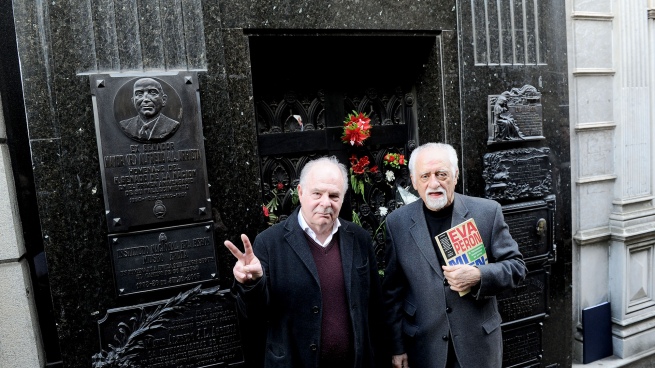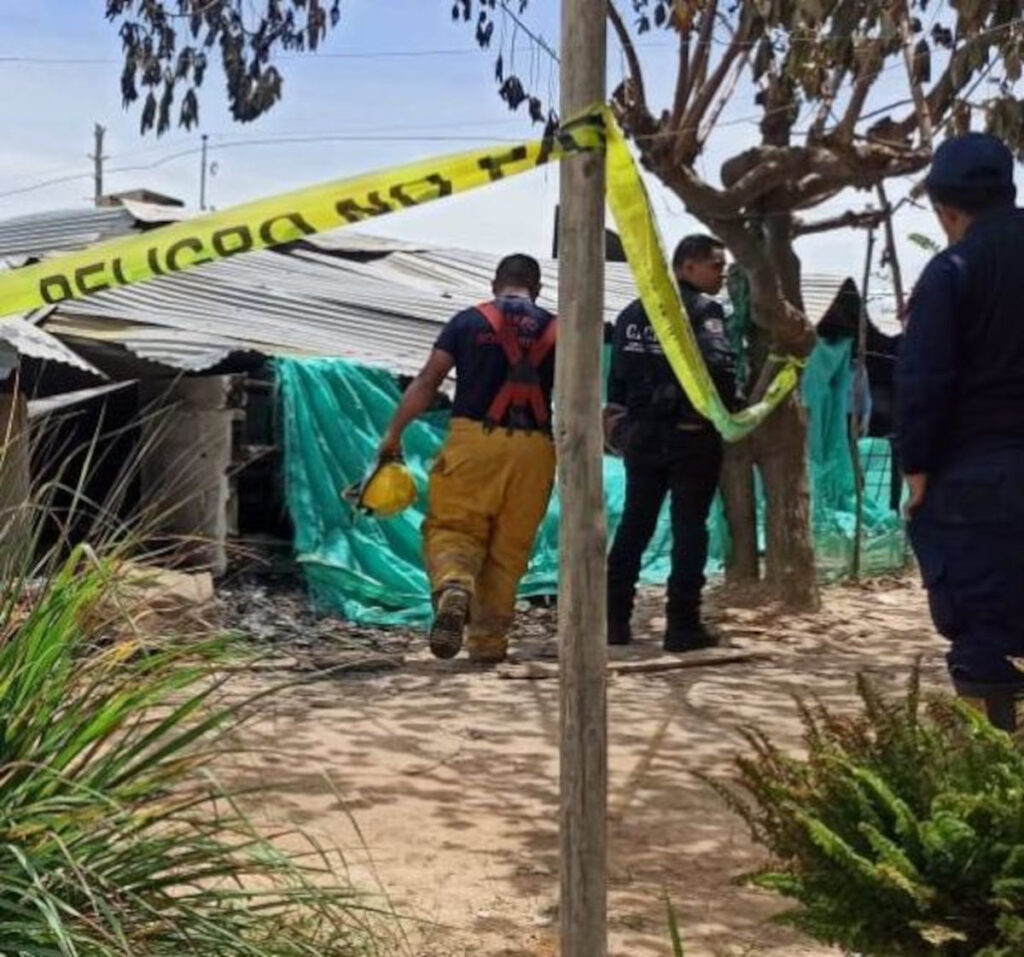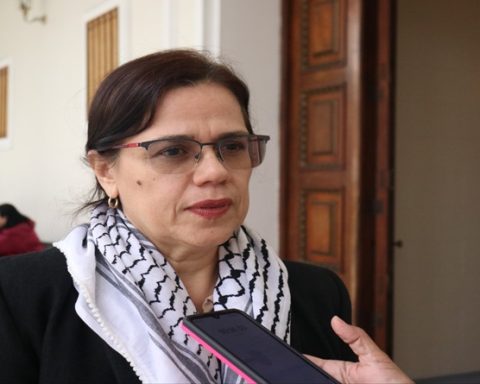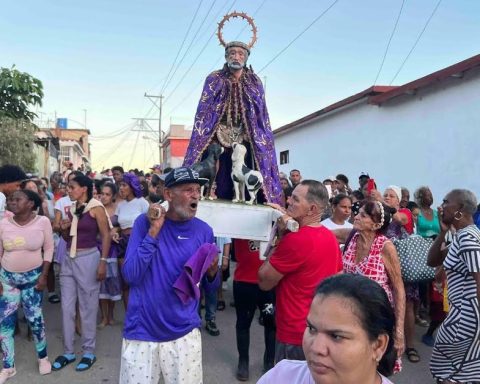In the last of the 33 years of Eva Perón’s life and in the time that passed after her death, there was a mystery that remained hidden for almost three decades until in September 1987 the announcement of an auction store published in the newspaper La Nación uncovered a story full of secrets, denials and gags: the silencing and reappearance of the Evita’s second book, “My Message”.
The words that María Eva Duarte de Perón had dictated to her collaborators and also written in her own handwriting in the fall of 1952, months before she diedmade up a volume of 30 chapters that the pawnbroker Posadas, Bullrich, Gaona and Guerrico offered at auction on September 22, 23 and 24, 1987.
The notice bore the following indication: “Eva Perón. My Message: original 79 sheets with letterhead. Initials at the end of the text of each one. Handwritten corrections in ink and pencil. Unpublished.”
With the letters EP on every page, The original arrived at the auction house from the family of the former General Clerk of the Government Jorge Ernesto Garrido, who died in 1985, who had held the position between 1940 and 1974.
After the Coup of September 1955 Garrido had been instructed to make an inventory of Perón’s assets and those that had belonged to Evita but with the papers of “My Message” He decided not to obey the order.
On the contrary, he hid them and put them in a safe place, to prevent them from being destroyed.
In any case, the book was forgotten, silenced for political and economic reasons until a buyer quickly appeared at the 1987 auction: a businessman with Peronist affiliations named Jorge Benedetti, dedicated to the sale of office furniture in the Buenos Aires town of Villa Ballester.
And from there began a unique process, crossed by twists and turns and incredible coincidences, in which two editions of the work were published and a long controversy was opened in justice promoted by two sisters of Evita, Blanca and Erminda, already deceased.
In the mid-1990s, the two women with the surname Duarte appeared before the civil justice system to challenge the authorship of the text by Evita and to sue the publisher for moral and material damages. Alberto Schprejer.
They accused him of publishing in a network of bookstores and kiosks, during the year 1994, of the unpublished “My Message”, which the two sisters defined as material “falsely attributed to Eva Duarte”
Schprejer had edited Evita’s book from a small independent publisher; The historian Fermín Chávez had done the same thing with a first edition that was never registered in the ISBN, the international publication identifier.
The legal controversy, in any case, was settled with rulings of first and second instance, in which the Civil Court No. 101 of the Federal Capital, in 2006, and Chamber “F” of the Civil Chamber, in 2008, they concluded, based on a series of handwriting tests and statements by witnesses such as then-senator Antonio Cafiero, that Evita had indeed been the author of ‘My Message’.

But although it validated the authorship, the justice ordered in parallel the cessation of the “edition, printing, dissemination, marketing and sale of the book”, by ratifying that the two sisters -as heirs- had the right to disclose or not the work.
This provision created a paradox for Argentina, since in recent years Evita’s second book was easier to obtain abroad, where New Press editions circulated – in English, with a preliminary study by Joseph Page, Perón’s biographer – and by the Spanish Grijalbo, entitled “With my own words. The controversial final manuscript attributed to Eva Perón”.
Secondly, the closure of the judicial process kept the publication rights in the hands of the heirs according to the 70-year term established by the Legal Regime of Intellectual Property -Law 11,723-,, although that period will be fulfilled on January 1 next.
The dissemination of the most controversial and revulsive book by Evita was one of the objectives proposed a few years ago by a group of sympathizers close to Peronism, although for all the pioneer was the historian Fermín Chávez, who died in 2006, who even participated in the auction of 1987 and tried to acquire -without luck- the original.
The journalists Juan Salinas and Oscar Taffetani, the editor Schprejer -current vice president of the state-owned shipyard Tandanor-, and the lawyer César Calcagno, were involved with the same aspiration, who intervened in the civil court file, where he requested calligraphic skills and test measures.
Schprejer had edited Evita’s book from a small independent publisher; The historian Fermín Chávez had done the same thing with a first edition that was never registered in the ISBN, the international publication identifier
Consulted by Télam, the four analyzed why “My Message” generated so much resistance and was slow to be accepted as Evita’s second book. What defines it as disruptive and uncomfortable? Why did you reach the point of doubting its authenticity?
Salinaswho compiled several articles for one of the reissues of Evita’s work, assured that the reason for everything is because “My Message” is a “political testament” that is “tremendous” in its belligerent definitions.
“It is a book that has been known in recent years, as it were, by word of mouth. In its chapters, Evita is very critical of the military (for the leadership of the Armed Forces at that time, in 1952 it was still very fresh the memory of the attempted coup against Perón in September ’51) but also of the provincial caudillos, of the union leaders who are traitors and the same of the bishops, she being very Christian”, Salinas reviewed.
And when referring to his role in the recovery of the book, he stressed: “One of the things that I will take to the grave as a cucarda, which gives me great satisfaction, is having collaborated in taking the gag out of Evita.”
Schprejerfor his part, considered that one of the keys to “My Message” is his vindication of fanaticism as a collective force of the peoples, “a complex issue but not for people who have been militants since childhood,” he stated.
The editor confided that, upon reading it for the first time, he was struck by the fact that Evita’s word had been “disappeared”, as her body had been for fourteen years, which was hidden under a false name in a Milan cemetery.
“It was only known in 1987. And yet, chapter 29 of the book, which is called ‘My supreme will’, the only manuscript, was read in the act of October 17, 1952, shortly after Evita’s death At that time Perón announced the next release of ‘My Message’ and as part of that he read that chapter,” Schprejer recalled.
taffetaniMeanwhile, he had his first contact with “My Message” during a bus trip through Burzaco while on his way to the Sur newspaper, where he worked, in a daily routine that was altered on July 25, 1989 when a street vendor began to offer passengers a real opportunity, a bargain, which consisted of an unpublished text by Eva Perón: it was “My Message”, the first edition -very handcrafted- by Fermín Chávez.
His immediate reaction was to buy it, because just at that moment he was thinking of writing a note for the anniversary of Evita’s death on July 26, and when he started reading it he thought “this is incredible”, partly shocked by the vibration and the strength of the phrases that -he told Télam- seemed very different to what he had found in “The reason for my life”, the classic book by Eva Perón, which is attributed to the Spanish journalist Manuel Penella de Silva.
Meanwhile, for Calcagno Evita’s second book today retains a “very premonitory” character that makes it “extraordinary”, above all because it aims to “give a central role not only to the people but to the State”, while on the other hand it denied that some of the phrases can be read as “anti-Christian” since “Evita declares herself Christian and Catholic” and in any case “her only objection is to the ecclesiastical hierarchy”.
In the 30 chapters of “My Message”, between chapters entitled “My colonel”, “The enemies of the people”, “The fanatics”, “The imperialisms” or “By any means”, definitions according to the climate of a time when Evita advised using “the procedures that are effective to win”, which could include “the legal means or the illicit means that the same imperialisms use against their peoples”.


















